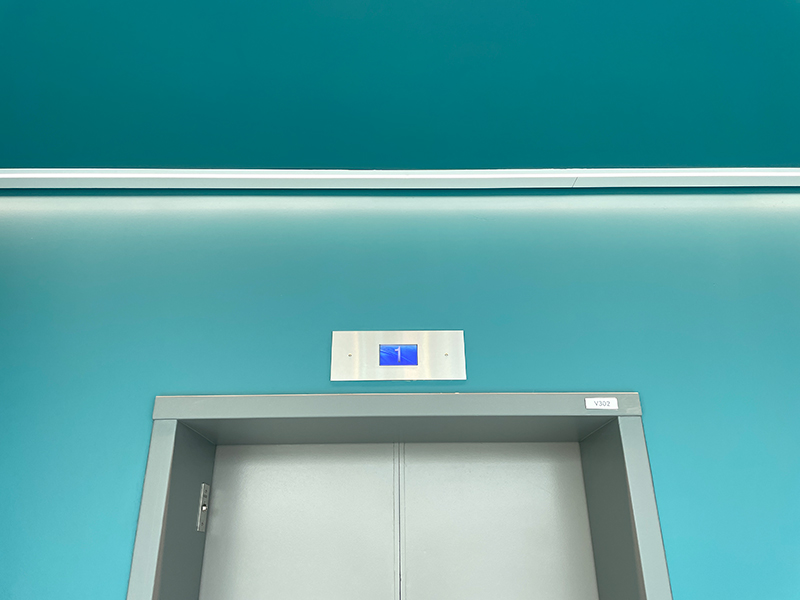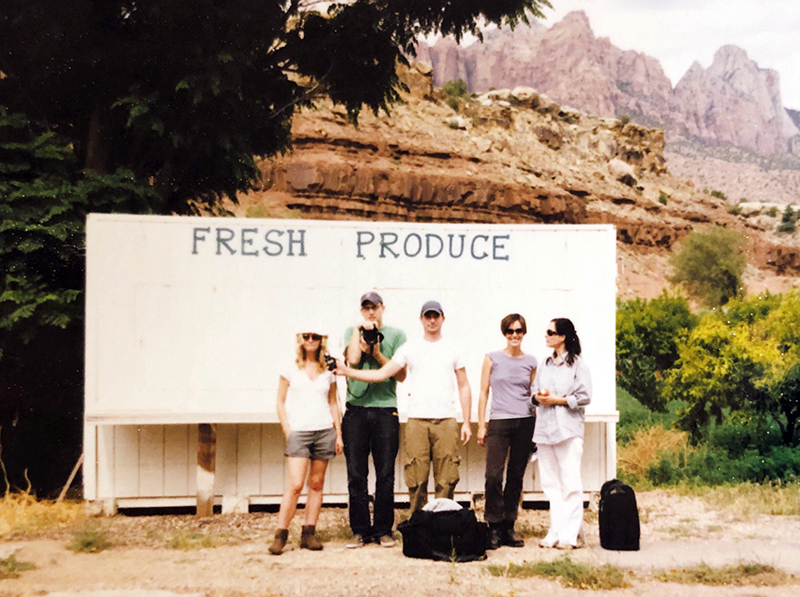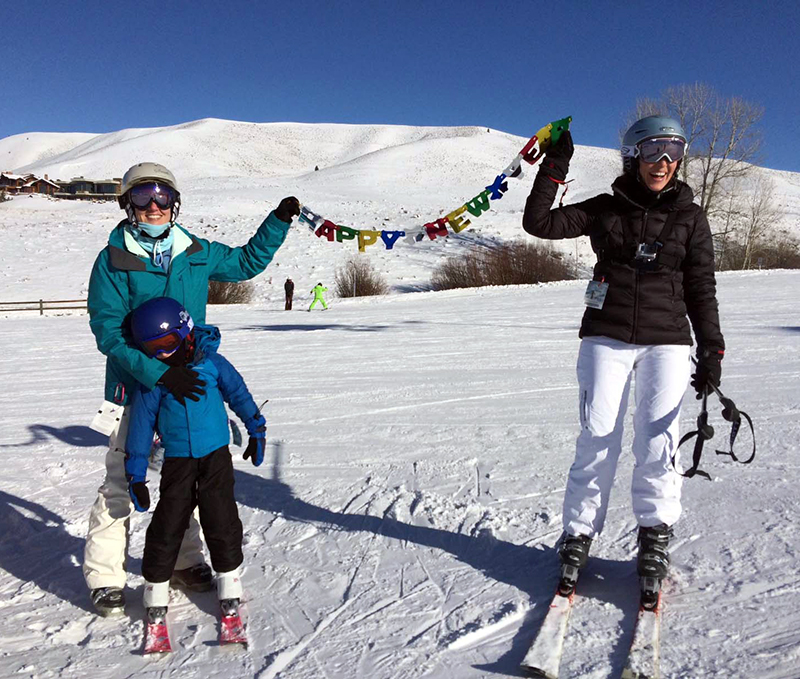SVMoA Blog
Holly Holmquist: Art Enabling Authentic Storytelling
Kristine Bretall (Public Programs Director)
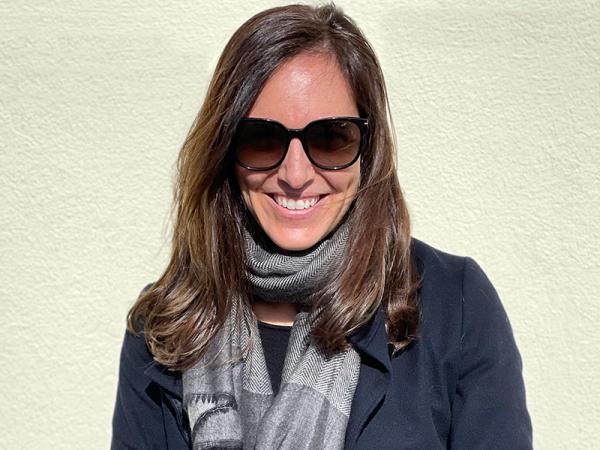
As part of SVMoA's exhibition Bodies of Work, Wood River Valley local Holly Holmquist will share her journey through chronic illness via her film and multimedia project, "PATIENT," in a screening and artist talk on Feb 1.
For this week’s SVMoA Voices, Public Programs Director Kristine Bretall sat down with Holmquist to discuss her story, the art that evolved from it, and her artistic process.
Upcoming programs related to Bodies of Work include an evening of art, wellbeing, and yoga with SVMoA Contemporaries on Thu, Jan 25. And on Mon, Feb 12, the founder of the Art & Global Health Center at UCLA, Professor David Gere, will lead a fascinating and provocative lecture on how the arts can save lives.
Image from PATIENT, photo: Holly Holmquist
What led you to create the project PATIENT?
Six years ago, I came down with an acute illness that developed into a chronic one. I went from being an athletic, full-time art director/designer to someone with a radically altered life.
All the while, I was taking photos in the way I always have, as this is how I move through the world. If there's a grain silo through the fog, a good license plate on the car in front of me, or beautiful light coming through the window, my instinct is to capture it.
I quickly learned what it is to have an illness that doesn't have a department, the endless process of trying to get help with something complex in a hyper-specialized system. I also came to understand that my story was not unique.
As someone who works with photography, I find solace in imagery of the shared experience and look for evidence of it in the world. And I wasn't seeing it anywhere. Understandably — it’s a complicated story. Four years into my illness, I recognized that the record I had created of my experience enabled me to tell the story. "Patient," the piece I’m showing in February is the first view of an ongoing multi-media project.
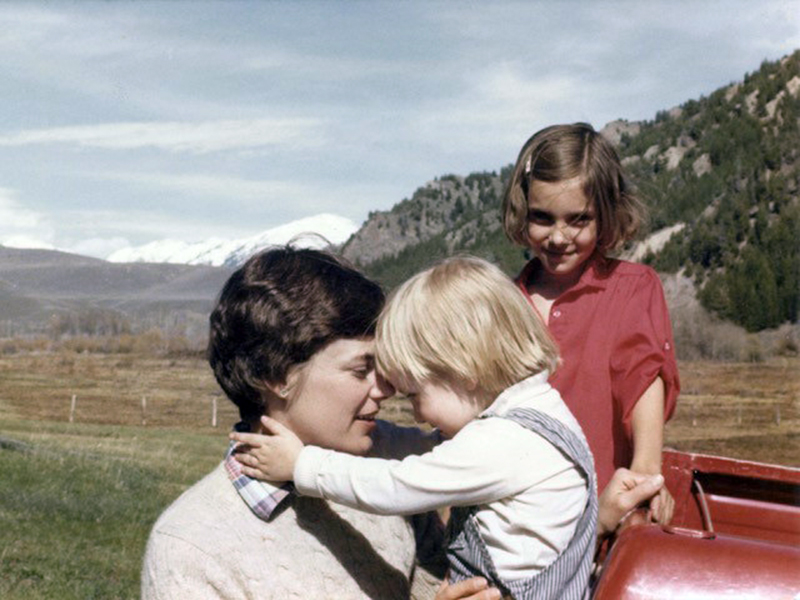
1970s in Idaho with mom Julie Holmquist and sister Allison, Holly in back
Tell us about your personal background and your connection to the valley.
I was born in Southern California in 1971, and my family moved to Ketchum in 1972. Our first house was out in Warm Springs, and we were later in Hulen Meadows. I’ve lived in Idaho and California throughout my life and have deep roots in both places.
I began college at UCLA and then transferred to Berkeley, where I majored in Social Science. My interdisciplinary major allowed me to take classes in art, design, photography, and letterpress. I later earned a second degree in design from California College of the Arts in San Francisco. While at CCA, I started an internship at the brand identity firm Elixir Design. I was fortunate to find a great fit and have spent my career with the same firm.
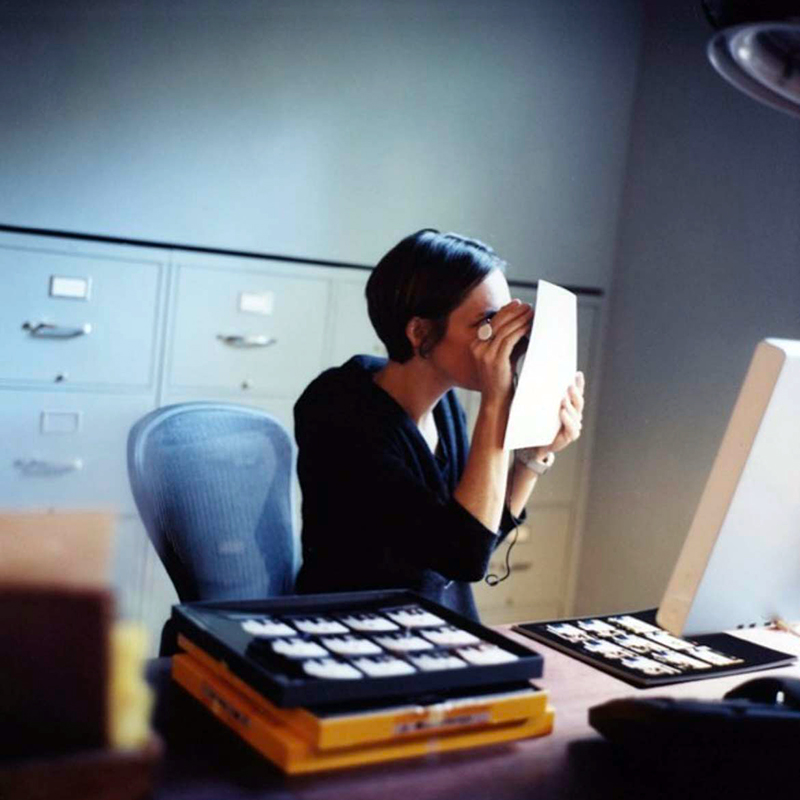
Editing photos at Elixir / photo: John Dolan
What kind of work do you do at Elixir?
My main role has been art director, with a focus on photography. I help brands express who they are visually. For the entirety of my design career, photography has been my means of capturing ideas and telling stories.
One of the first projects I had the opportunity to work on was the formation and realization of women’s athletic apparel company Athleta. Elixir’s founder, Jennifer Jerde, and her then partner, Scott Kerslake, conceived of the brand and nurtured it through its first seven years. At the time, there was virtually no representation of female athletes, much less women's athletic apparel. It just didn’t exist. Women in groups, teams — athletes of any kind — were not in our daily visual landscape. I had rowed in college and was thrilled to work on the initial direction for what would become a new kind of representation of women.
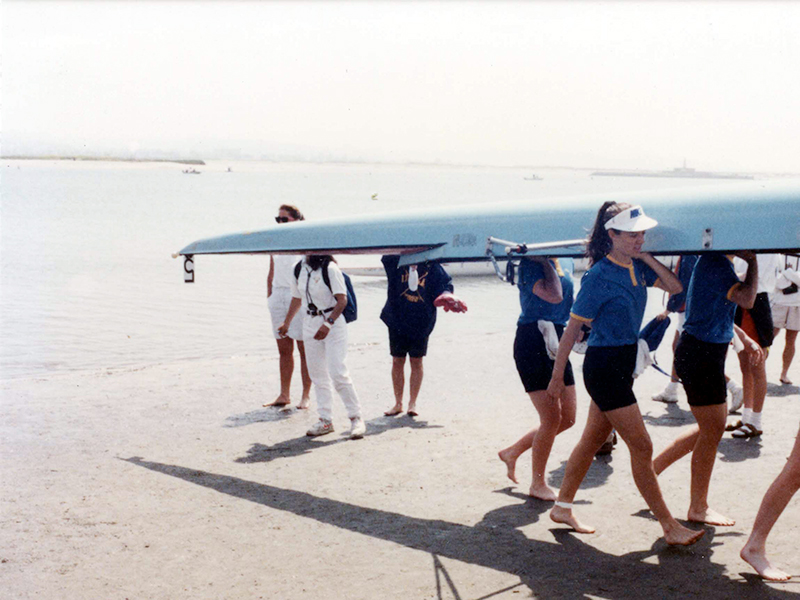
Rowing for UCLA at the San Diego Crew Classic, 1991
From 2005-2008, I art directed The Sundance Catalog. We did six location shoots a year, often with 14-hour workdays. Working with a close-knit, super-talented team over those years to capture a place — not just the look of it — was a challenge I loved. Picking up details like the local signage and scenes at the Grumpy’s and Pioneer of our given location was one of my favorite parts of the shoots.
On location with Sundance photo crew / photo: John Dolan
When you look at a design, what is the most important element of it to you?
I get excited about anything that has a unique point of view. There is so much repetition now, easily seen in the types of images proliferated on social media. When you can’t find examples of something on your mind, there is a story waiting to be told. It takes guts to do what is true to you and your organization, to break from the trend of the day. Authenticity is refreshing.
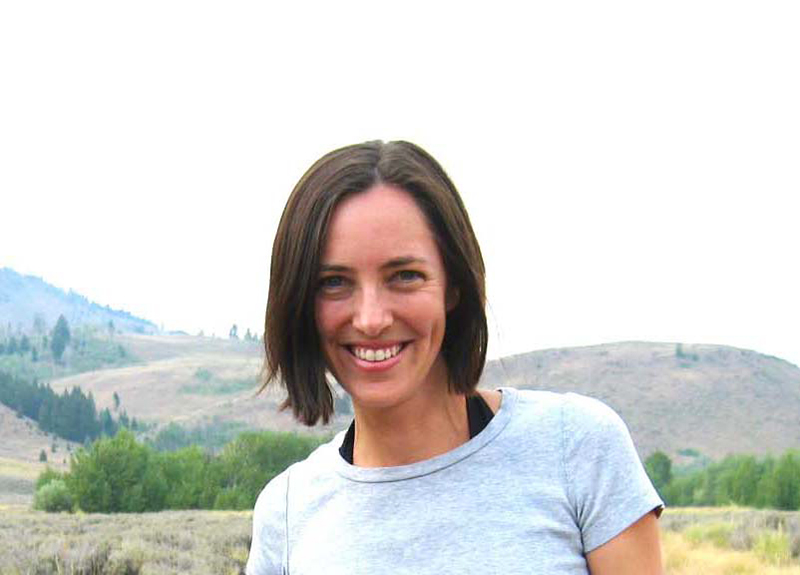
Holly in 2012
While chronic illness and the difficulty of finding a diagnosis is not new, it seems there is increased awareness and understanding of the complexity of auto-immune disorders, long COVID, and illnesses that currently have no ready diagnosis nor cure. And, how these things may all be occurring in the same person simultaneously …. The timing of sharing your piece and your experience is so layered with COVID, do you think it’s giving some people more insight into chronic illness?
I’m grateful that more attention is being given to chronic illness over the last few years. Science journalist Ed Yong has written extensively on Long Covid. In a recent piece in the NYT, information designer Giorgia Lupi illustrated her experience living with Long Covid.
In my project, I’m using photography to communicate what it has felt like to be up against an illness that the medical system isn’t set up to treat. Images induce feelings. I want this story to be felt.
New Year's Day 2015, before this all started (On Dollar with sister Allison and nephew Oliver)
Has this project helped you in any way?
Yes, it has been an enormous help. The act of capturing this experience has felt like a return to the person I was before getting sick, and the ability to share the work with others is an antidote to the isolation that comes with illness. There is a palliative quality and a tangible benefit to making the invisible visible.
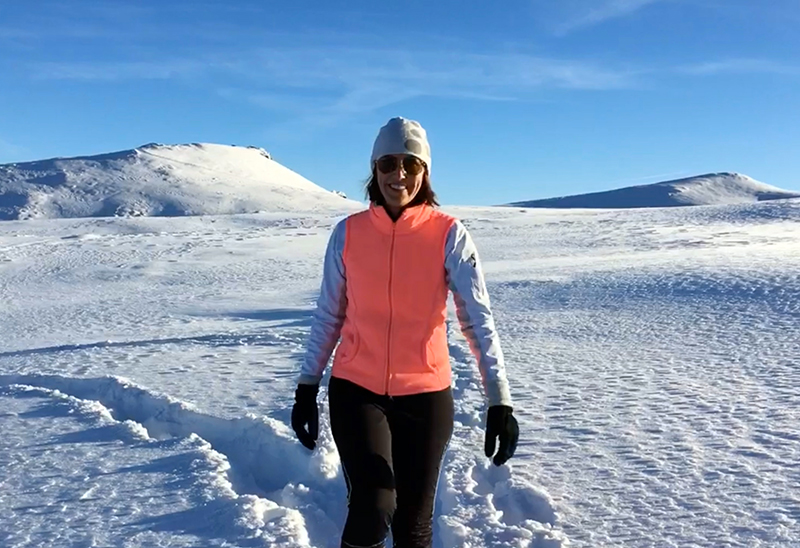
Holly Snowshoeing
Click here to learn more about Holly Holmquist and her project "Patient" which will be screened along with a discussion on Thu, Feb 1 at Ochi Gallery in Ketchum.
